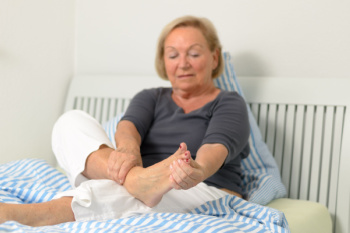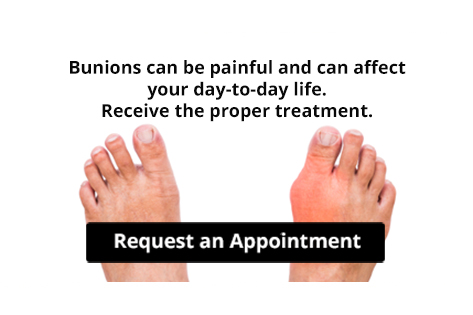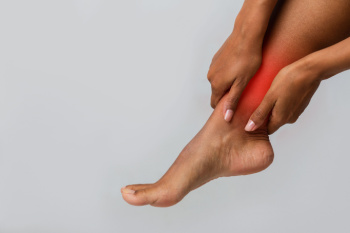
Falls prevention in the workplace is essential to ensure employee safety and reduce the risk of injuries. Various factors contribute to workplace falls, including medications that can cause dizziness or drowsiness, impairing balance, and coordination. Poor vision is another significant cause, as employees may not see hazards or obstacles clearly, increasing the likelihood of tripping. The physical environment also plays a vital role, and poorly designed workspaces with clutter, uneven floors, or inadequate lighting can create dangerous conditions. Slippery surfaces, particularly in kitchens, bathrooms, or areas prone to spills, are another common cause of falls. Furthermore, climbing stools or ladders to reach high places poses risks if not used properly. To prevent falls, workplaces should maintain clean and clutter-free areas, provide proper lighting, ensure employees have appropriate footwear, and train them on safe practices when using ladders or climbing stools. Falling can seriously impact the feet. If you have fallen and have sustained a foot or ankle injury, it is suggested that you promptly contact a podiatrist who can treat various foot conditions.
Preventing falls among the elderly is very important. If you are older and have fallen or fear that you are prone to falling, consult with one of our podiatrists from Community Foot Specialists. Our doctors will assess your condition and provide you with quality advice and care.
Every 11 seconds, an elderly American is being treated in an emergency room for a fall related injury. Falls are the leading cause of head and hip injuries for those 65 and older. Due to decreases in strength, balance, senses, and lack of awareness, elderly persons are very susceptible to falling. Thankfully, there are a number of things older persons can do to prevent falls.
How to Prevent Falls
Some effective methods that older persons can do to prevent falls include:
- Enrolling in strength and balance exercise program to increase balance and strength
- Periodically having your sight and hearing checked
- Discuss any medications you have with a doctor to see if it increases the risk of falling
- Clearing the house of falling hazards and installing devices like grab bars and railings
- Utilizing a walker or cane
- Wearing shoes that provide good support and cushioning
- Talking to family members about falling and increasing awareness
Falling can be a traumatic and embarrassing experience for elderly persons; this can make them less willing to leave the house, and less willing to talk to someone about their fears of falling. Doing such things, however, will increase the likelihood of tripping or losing one’s balance. Knowing the causes of falling and how to prevent them is the best way to mitigate the risk of serious injury.
If you have any questions, please feel free to contact our offices located in Beavercreek, Dayton, and Vandalia, OH . We offer the newest diagnostic and treatment technologies for all your foot care needs.




